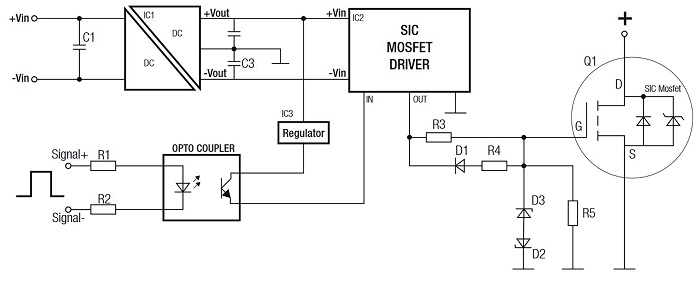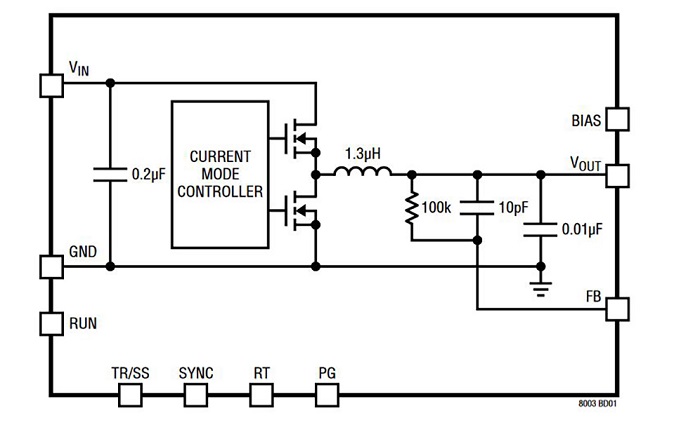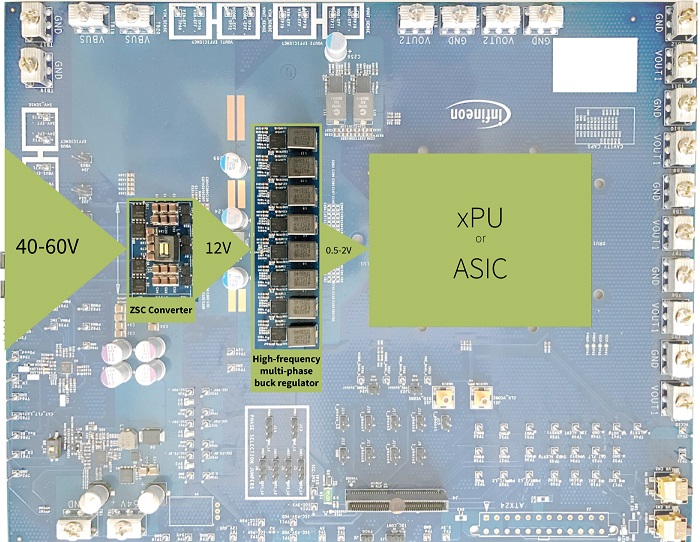By Maurizio Di Paolo Emilio
The Industry 4.0 technological revolution is defined not only by using data during production or integrating a wide variety of production systems throughout the supply chain. It also involves analyzing and integrating the total life cycle of products and processes to meet individual customer needs.
In the coming decades, companies will establish global networks that will incorporate their machinery, storage systems, and production facilities in the form of cyber-physical systems that can be managed in real time. Intelligent IoT sensors enable data collection and analysis via cloud interfaces and I/O links, enabling continuous monitoring and maintenance of optimal industrial conditions.
The internet of things (IoT) is rapidly taking shape, and companies are adapting their IT infrastructures to meet the new IoT requirements. Data centers are helping to process large amounts of data involved in the digital transformation process, near the point where the data originates. As part of this IT transformation, some companies have started to implement new data-center technologies and distribution methodologies.
Engine control is another strategically important technology in Industry 4.0 development. The search for efficient solutions in the field of motor control is a priority for everyone, including system developers and component manufacturers.
In all application contexts, the design of power management systems, including integrated DC/DC converters, follows precise specifications. These include input voltage range, output voltage values, output power, efficiency, electrical insulation between the input and output, and industrial standards.
Industry 4.0 requires high-performance components for industrial equipment, ranging from higher energy efficiency to robust operation in harsh environments, while reducing form factors. Energy management, efficiency, and motion control are a few areas of key importance in these new smart factories.
DC/DC power for industry
With the evolution of Industry 4.0, energy management takes on a new meaning as the convergence of IoT, data analysis, and cloud computing leads to complex, decentralized, and connected industrial systems and ecosystems. In order to achieve optimum energy efficiency, engineers increasingly need to correctly and accurately characterize the behavior of all the components of the power system in the smart factory, in particular, the DC/DC converters.
The DC/DC converter market is expanding. Powered by steady growth in traditional applications, including communications, computers, and various industrial sectors, and the emergence of several new and innovative power architectures, the DC/DC converter market will also benefit from the availability of new devices, such as silicon carbide (SiC) MOSFET drivers. With their excellent thermal characteristics, SiC devices represent a preferable solution in various applications.
For example, the RKZ-xx2005D series (UL60950- and IEC/EN60950-certified) from RECOM Power GmbH includes DC/DC converters suitable for SiC MOSFET drivers with a higher efficiency that can reach up to 87% (Fig. 1 ) and a maximum capacitive load of 47/680 µF.
The isolation voltages are 3 kVDC or 4 kVDC, and up to 5.2 kVDC (tested for one minute) with a temperature range from –40°C to 90°C to satisfy even the harshest conditions in automotive and industrial applications.

Fig. 1: A typical application circuit for the RKZ-xx2005D series. (Image: RECOM Power)
Tamura Corp.’s gate-driver modules are integrated devices with a built-in DC/DC converter and a dedicated drive circuit, suitable for SiC MOSFETs and IGBT gate drivers. Modules are all-in-one, requiring only a few external components for their operation. Low common-mode noise, high-speed response, and small size are among the key features of these solutions, enabling their usage in industrial, robotics, and power conversion applications.
Sensitivity to noise is another area of concern in applications such as automotive, transport, and industrial fields, which require low electromagnetic interference (EMI) power solutions. While EMI filtering or metal shielding add cost to a design, low-noise µModule technology from Analog Devices Inc. (ADI) provides a possible alternative to minimize EMI emissions with a high level of efficiency at high switching frequencies.

Fig. 2: A block diagram of the LTM8003H. (Image: Analog Devices Inc.)
ADI’s LTM8003H is designed to meet the specifications of an internal operating temperature range between –40°C and 150°C, required by automotive, industrial, and military applications, where the power supply circuits must operate continuously and safely (Fig. 2 ).
High-efficiency data centers
Even as the demand for more power is growing, there are increasingly stringent requirements for the weight and size of the power supply. This is the main reason why more companies are converting their distribution and power systems from traditional 12 V to 48 V. Data centers, cloud servers, machine learning, and deep learning applications are demanding power at an ever-increasing rate, due to the extensive use of CPUs, GPUs, and other computational devices. Switching from a 12-V to a 48-V power bus requires careful selection of components and appropriate design techniques.
Infineon Technologies AG has introduced an innovative, high-efficiency, two-stage architecture for 48-V power distribution, particularly suitable for data centers. Based on its zero-voltage-switching (ZSC) switched capacitor converter, the new architecture can efficiently power up CPUs, GPUs, SoCs, ASICs, and memory modules.
Combining the ZSC technology with gallium nitride (GaN) high-electron-mobility transistors (HEMTs), such as the CoolGan 600-V devices, results in optimized power flow and high performance for next-generation data centers. The ZSC converter can provide the highest level of efficiency and power density for applications based on a 48-V bus voltage.

Fig. 3: The ZSC two-stage architecture. (Image: Infineon )
The combined use of the ZSC converters with the best multi-phase buck regulators delivers efficiency equal to or greater than 94% and power density higher than the market average for systems powered at 48 V. Fig. 3 shows an evaluation board, based on the ZSC converter, that implements the two-stage architecture.
Motion control
Motor control is a methodology and technology that covers a wide range of applications from the simple control of fans and pumps to the more complex problem of industrial control, such as robotics and servomechanisms. The closed-loop-control algorithm requires the measurement of a three-phase motor current and the rotor position. This control involves high-side and low-side current amplifiers, Hall-effect sensors, and ADC converters capable of working accurately in challenging environments.
Hall technology has replaced many traditional current-control techniques in various applications, including level measurement and motor control. Hall-effect devices provide a robust and simple way to monitor motor currents that are directly proportional to the motor torque.
For example, Maxim Integrated’s MAX9640 is a Hall-effect switch that detects the direction and amplitude of the magnetic field. It has an output that is asserted if the magnetic field exceeds an internal threshold, regardless of the polarity of the field.
In addition, current-sensing amplifiers help monitor current flow and provide closed-loop feedback of system loads. Sensing amplifiers are used for overcurrent protection and optimization of power monitoring systems. One example is Maxim Integrated’s MAX40056 bi-directional current-sense amplifier with patented pulse-width-modulation (PWM) rejection (Fig. 4 ).

Fig. 4: A block diagram of the MAX40056. (Image: Maxim Integrated)
Conclusion
Industry 4.0 is usually associated with opportunities for manufacturing companies to increase productivity and renew operating models by taking advantage of digital integration to automate factories and production lines. The enabling technologies, such as IoT, allow engineers to go further, creating a smart factory that optimizes production efficiency using improved motion control and power management solutions. Additional savings are thus obtained, reducing energy consumption — one of the most substantial cost items for the industry — and making gains in sustainability.
Advertisement
Learn more about Electronic Products MagazineMaxim Integrated





